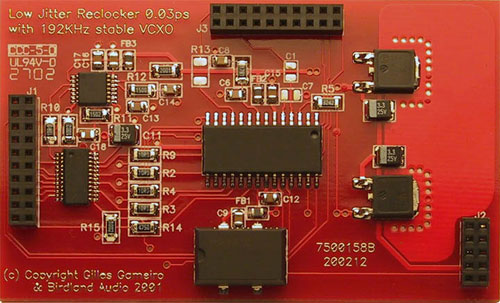

Jitter 101
Analog signals are converted to digital by the process of measuring the signal at a regular intervals known as the sampling frequency. This results in a series of digital values that represent the original signal when played back at the same timing interval. If the resolution of the numbering representation and the frequency of the capture are high enough, then the original signal can be reproduced very accurately. The sampling frequency used to sample or playback is known as the sampling clock which, like a well tuned metronome, occurs at very regular intervals, like a ticking clock. Jitter is what happens when the clock does not tick at regular intervals, some times is slightly early, some times it slightly late. The deviation from the normal exact interval is called jitter. Jitter can cause the original digital samples to be played back at the wrong time, causing distortion so the recovered signal is not like the original. Obviously jitter distortion is not desirable at all in any DAC.
What causes Jitter
The most basic reason for jitter is caused by rise and fall times of electrical signals. The clock used to do the conversion is typicaly a signal that alternates from a inactive state to an active state and back, over and over. The transition of a signal from low to high and high to low is not instantaneous, it takes a certain time for the signal to rise and fall. These transitions are further agravated when the signal is carried by a cable, whose frequency response is limited, further slowing down the transitions of the clock signal. Because of these transition times, there is a period of uncertainty on the part of the circuit that observes the clock (in this case, a DAC) as to when exactly the transition occured. The observing circuit must call the time of the transition which - inevitably - ends up being a little ahead, or a little late of the actual transition time. Also, the AES-3 digital audio interface for professional applications and the similar consumer interface format, defined in the IEC-958, defines a bi-phase mark coded signal where the data is encoded with an embeded clock further increasing jitter.